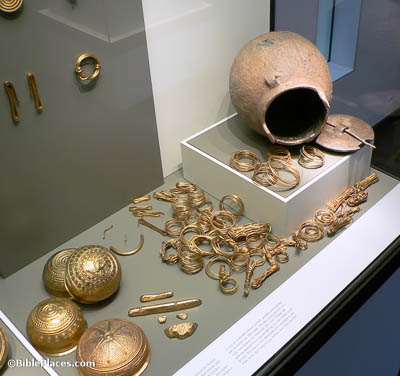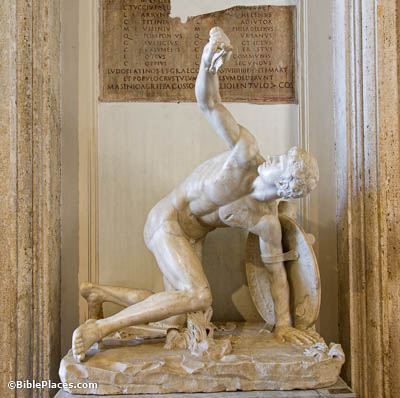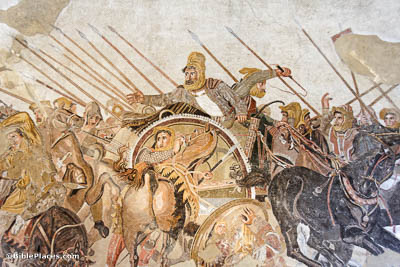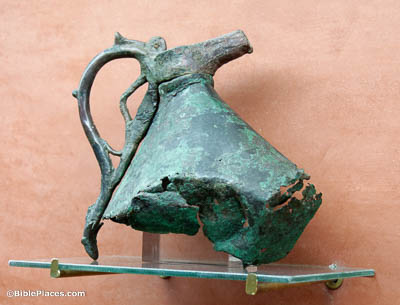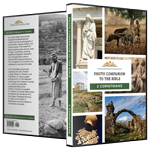But we have this treasure in clay jars (2 Corinthians 4:7).
Earthen vessels, or clay jars, were both common and easily broken. They are found in virtually every archeological dig in the ancient world. This is because clay, after being fired, was not susceptible to rot or decay. In fact, they were a common container in which the ancients stored valuables, particularly if they were buried in the ground. This display was photographed at the Museum of Prehistory and Early History in Berlin.
